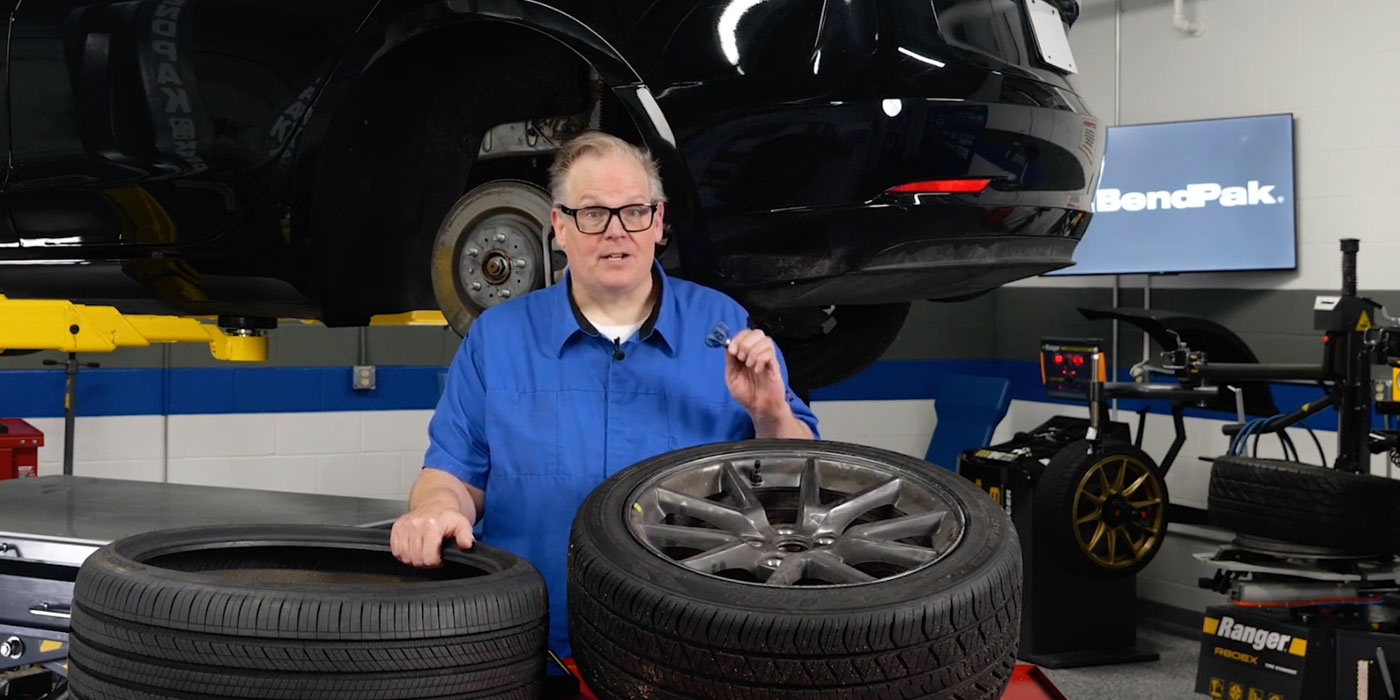Like any powerful, fast-moving machine, a vehicle’s engine generates heat – a lot of it, in fact.
The ideal operating temperature for a vehicle engine is between 195 and 220 degrees Fahrenheit. When applied to the various metal and rubber components surrounding the engine, that kind of heat can inflict serious damage.
To manage the heat produced by internal combustion, and to maintain the optimal operating temperature for the engine, modern vehicles utilize a system of parts that includes the radiator, water pump, thermostat and, of course, coolant. The cooling system is fundamental to the healthy performance of an engine, and coolant plays a starring role.
This video is sponsored by Rislone.













